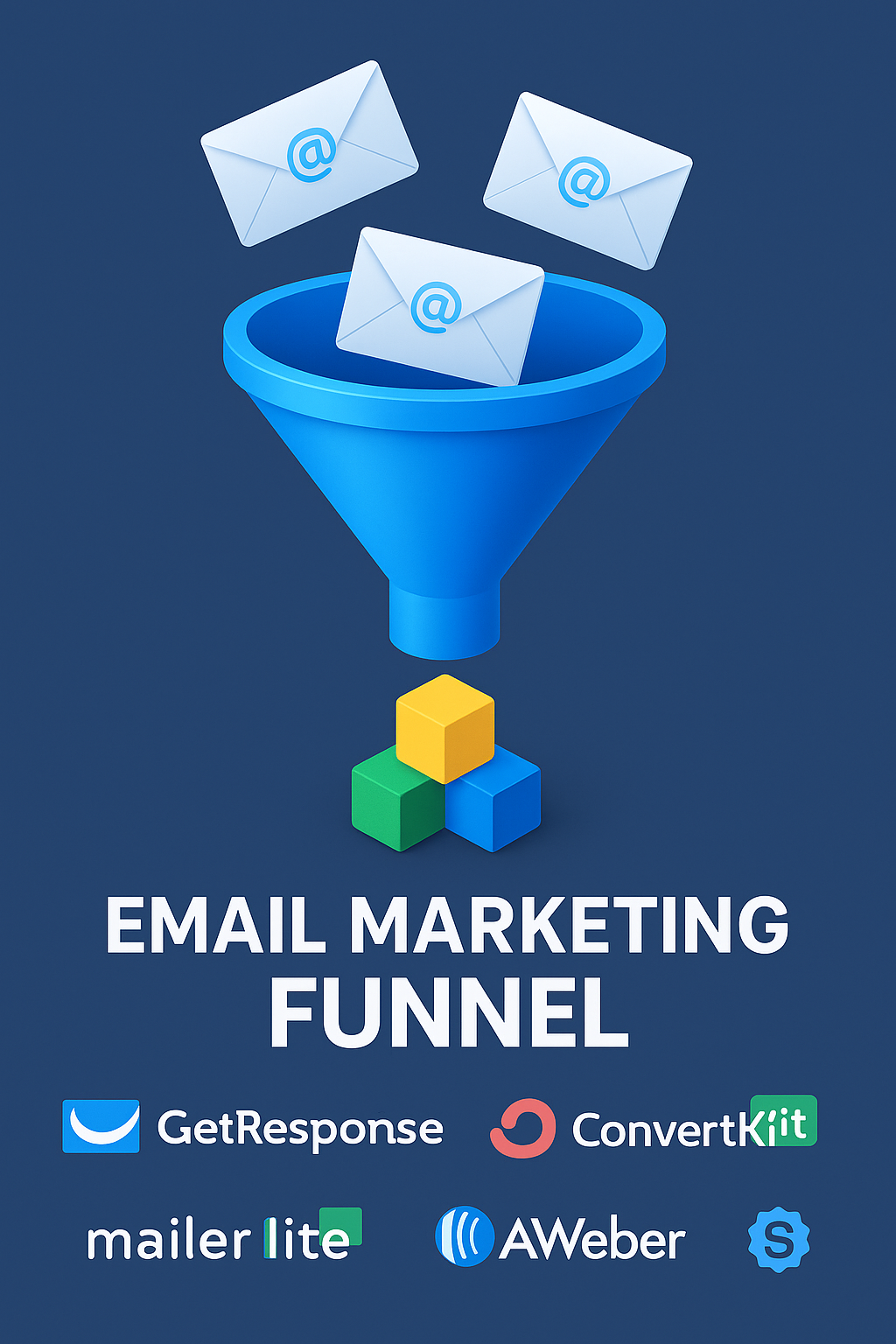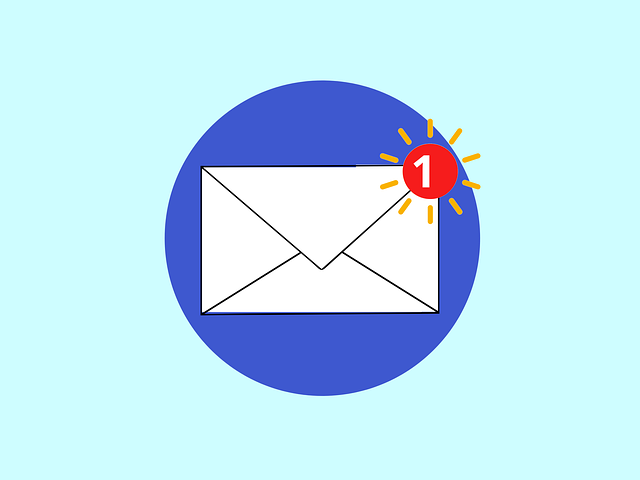email automation tools for beginners

-
Table of Contents
“Streamlining Communication: Making Email Automation Simple for Beginners!”
Email automation tools are software or applications designed to help businesses automate their email marketing campaigns. These tools are essential for beginners as they simplify the process of sending out emails to large groups of people at once, tracking responses, and analyzing results. They can be used to schedule emails, segment contacts, automate responses, and much more. With these tools, beginners can easily manage their email marketing efforts, improve their efficiency, and increase their return on investment. They are designed to save time and effort, allowing users to focus on creating engaging content and building strong relationships with their audience.
Understanding the Basics: A Beginner’s Guide to Email Automation Tools
Email automation tools are a game-changer in the world of digital marketing. They are designed to streamline and automate the process of sending out emails to different groups of people, based on a variety of factors such as their preferences, behaviors, and interactions with your business. For beginners, understanding the basics of these tools can be a stepping stone towards more efficient and effective email marketing strategies.
Email automation tools are essentially software that allows you to automate a series of emails, freeing up your time and ensuring consistent communication with your customers. They are designed to send out emails at specified times or in response to specific triggers, such as a customer making a purchase or signing up for a newsletter. This ensures that your business remains in constant contact with its customers, even when you’re not physically present to send out the emails yourself.
One of the primary benefits of email automation tools is their ability to segment your audience. This means that you can divide your email list into different groups based on their preferences, behaviors, and other factors. For instance, you can have a group for customers who have recently made a purchase, another for those who have shown interest but haven’t yet bought anything, and so on. This allows you to tailor your emails to suit the specific needs and interests of each group, thereby increasing the chances of your emails being opened and read.
Another significant advantage of email automation tools is their ability to track and analyze the performance of your emails. They provide detailed reports on various metrics such as open rates, click-through rates, and conversion rates. This data can be invaluable in helping you understand what’s working and what’s not in your email marketing strategy. You can then use this information to tweak and improve your emails, thereby increasing their effectiveness.
For beginners, getting started with email automation tools can seem daunting. However, most of these tools are user-friendly and come with a host of features designed to make the process as smooth as possible. For instance, they often come with pre-designed templates that you can use to create your emails. They also offer easy-to-use drag-and-drop editors that allow you to customize your emails to suit your brand’s aesthetic.
Moreover, most email automation tools offer integration with other software and platforms. This means that you can easily connect them with your CRM, e-commerce platform, social media accounts, and more. This not only makes the process of managing your emails easier but also ensures a seamless flow of data between different platforms.
In conclusion, email automation tools are an invaluable asset for any business looking to streamline its email marketing strategy. They offer a host of benefits, from audience segmentation and performance tracking to easy integration with other platforms. For beginners, understanding the basics of these tools can be the first step towards more efficient and effective email marketing. With a bit of practice and experimentation, you’ll soon be on your way to mastering the art of email automation.
Top 5 Email Automation Tools for Beginners: A Comprehensive Review

Email automation is a powerful tool that can help businesses streamline their marketing efforts, improve customer engagement, and increase sales. For beginners, understanding and choosing the right email automation tool can be a daunting task. This article aims to simplify this process by providing a comprehensive review of the top five email automation tools for beginners.
First on our list is Mailchimp, a popular choice among beginners due to its user-friendly interface and comprehensive features. Mailchimp offers a variety of pre-designed templates and a drag-and-drop email builder, making it easy for beginners to create professional-looking emails. Additionally, it provides robust analytics to track the performance of your email campaigns, helping you make data-driven decisions. Mailchimp also offers a free plan, which is a great starting point for small businesses or those just starting with email marketing.
Next up is Constant Contact, another excellent tool for beginners. It offers a wide range of customizable templates and an intuitive email editor. What sets Constant Contact apart is its unique event management tool and social media integration capabilities, allowing you to extend your marketing efforts beyond email. It also provides real-time tracking and reporting, so you can easily monitor the success of your campaigns.
Third on our list is SendinBlue, a powerful email automation tool that offers a free plan with unlimited contacts. SendinBlue stands out for its advanced automation features, which allow you to create workflows for follow-up emails, segment your audience, and send personalized messages based on user behavior. It also offers SMS marketing capabilities, providing an additional channel to reach your audience.
Fourth is GetResponse, a tool known for its excellent automation capabilities. GetResponse offers a visual workflow builder that allows you to design complex email sequences with ease. It also provides advanced segmentation options, enabling you to send targeted emails based on specific criteria. Additionally, GetResponse offers webinar hosting, a unique feature that can enhance your marketing efforts.
Last but not least is ActiveCampaign, a tool that combines email marketing, CRM, and sales automation. ActiveCampaign offers a variety of automation features, including the ability to send triggered emails based on user behavior, segment contacts, and track the customer journey. While it may be a bit more complex than the other tools on this list, its comprehensive features make it a powerful tool for those willing to learn.
In conclusion, choosing the right email automation tool depends on your specific needs and level of expertise. Mailchimp and Constant Contact are great options for beginners due to their user-friendly interfaces and comprehensive features. SendinBlue and GetResponse offer more advanced automation features, making them suitable for those ready to take their email marketing to the next level. Lastly, ActiveCampaign is a robust tool that combines email marketing with CRM and sales automation, making it a comprehensive solution for businesses of all sizes. By understanding the features and capabilities of each tool, you can choose the one that best fits your business needs and start automating your email marketing efforts.
Getting Started with Email Automation: Essential Tools for Beginners
Email automation is a powerful tool that can significantly enhance your marketing efforts. It allows you to send out personalized, timely, and relevant emails to your subscribers, leading to increased engagement and conversion rates. If you’re a beginner in the world of email automation, understanding the essential tools can be a bit overwhelming. However, with the right information, you can easily navigate this landscape and leverage these tools to your advantage.
To begin with, it’s important to understand what email automation is. Essentially, it’s a method of sending out emails to your subscribers automatically, based on triggers or schedules you set. This could be anything from a welcome email when someone signs up for your newsletter, to a promotional email sent out at a specific time. The beauty of email automation is that once you set it up, it runs on autopilot, saving you time and effort.
Now, let’s delve into the essential tools you need to get started with email automation. The first tool you need is an Email Service Provider (ESP). An ESP is a platform that allows you to send out bulk emails. Some popular ESPs include MailChimp, Constant Contact, and SendinBlue. These platforms come with built-in email automation features, making it easy for beginners to get started.
Next, you need a tool for building your email list. This could be a simple sign-up form on your website or a more complex lead generation tool like OptinMonster or Sumo. These tools allow you to collect email addresses from your website visitors, which you can then use to build your email list.
Once you have your ESP and list-building tool in place, the next tool you need is an email marketing automation software. This software allows you to create automated email sequences, segment your email list, and track the performance of your emails. Some popular email marketing automation software includes ActiveCampaign, Drip, and ConvertKit. These tools are user-friendly and come with a variety of features, making them ideal for beginners.
In addition to these tools, you also need a tool for creating and designing your emails. This could be a simple text editor or a more advanced email design tool like Canva or Adobe Spark. These tools allow you to create visually appealing emails that can capture your subscribers’ attention and increase your click-through rates.
Lastly, you need a tool for tracking and analyzing your email performance. This could be a built-in feature in your ESP or a separate analytics tool like Google Analytics. This tool allows you to track key metrics like open rates, click-through rates, and conversion rates, helping you to understand how your emails are performing and where you need to make improvements.
In conclusion, getting started with email automation may seem daunting at first, but with the right tools, it can be a straightforward and rewarding process. By understanding and leveraging these essential tools, you can automate your email marketing efforts, save time, and increase your marketing ROI. So, if you’re a beginner looking to delve into the world of email automation, start by familiarizing yourself with these tools and see how they can transform your marketing efforts.
Conclusion
Email automation tools for beginners are highly beneficial as they simplify the process of sending out mass emails, allow for personalization, and save time. They also provide valuable data about customer behavior, which can be used to improve marketing strategies. However, beginners may face a learning curve in understanding how to use these tools effectively. Despite this, the advantages they offer make them a worthwhile investment for businesses looking to streamline their email marketing efforts.










